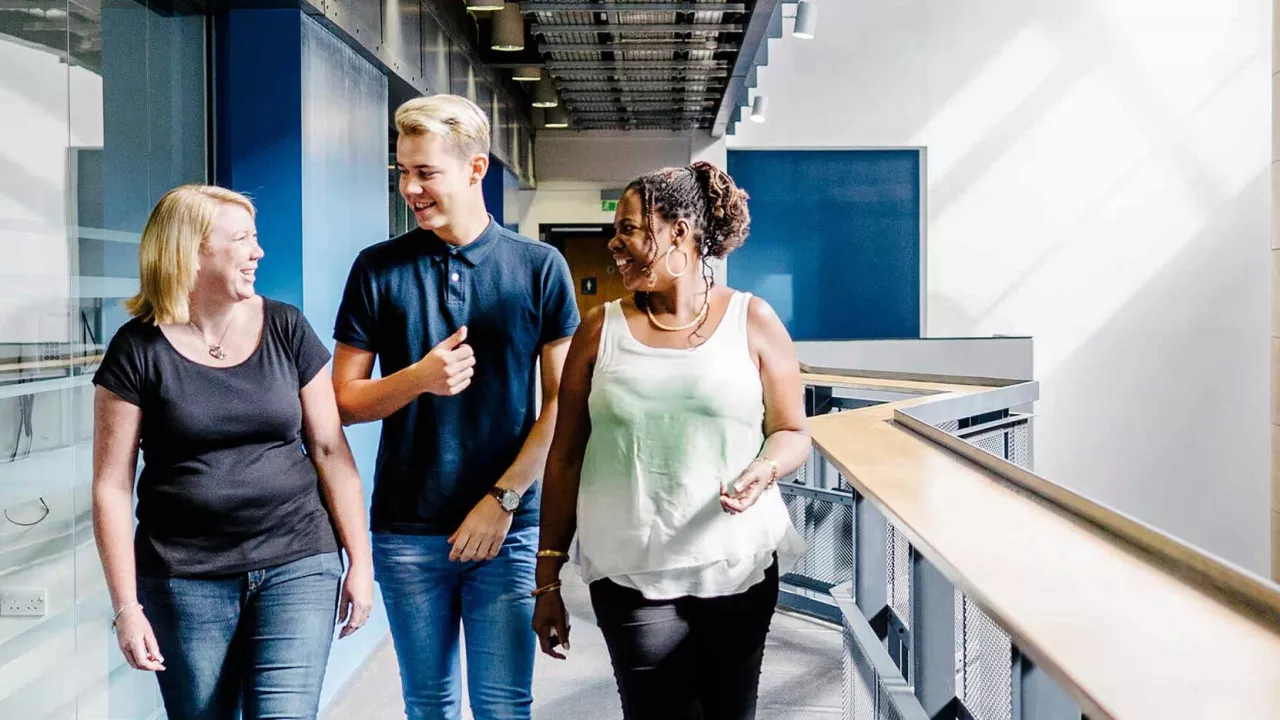Case studies
Case studies
Localising the SDGs in Newham and Tower Hamlets
Project Overview
In September 2015, the United Nations and its 193 member countries adopted the Sustainable Development Goals (SDGs), a set of 17 time-bound and quantifiable objectives designed to address global challenges such as poverty, inequality, and climate change (United Nations, 2019). These goals build on the Millennium Development Goals (MDGs), aiming to include every level of government in the effort and to ensure no one is left behind, addressing concerns that the MDGs had overlooked disadvantaged communities and rising inequalities in developed countries (Friedman & Gostin, 2016).
The University of East London, with support from the UEL London Scholar and ELISA grants (2018, 2022, 2023), has embarked on a project to adapt these global goals to the local context of Newham and Tower Hamlets—boroughs known for their vibrant cultures yet significant socio-economic disparities. The initiative seeks not only to assess but to enhance local capabilities to meet these global objectives, ensuring inclusive community participation in these efforts.
The Necessity of Local Engagement
Achieving the SDGs requires a unified approach that spans national and local efforts, harnessing a wide range of resources and initiatives to unlock the transformative potential of the goals and to implement the principle of "Leaving No One Behind" (LNOB). The UK's experiences, as detailed in the 2019 Voluntary National Review, indicate significant challenges in tracking and documenting progress at local levels, underscoring the need for an integrated multi-stakeholder approach to foster transformative agendas locally (UKSSD, 2019).
Why Newham and Tower Hamlets?
The London Boroughs of Newham and Tower Hamlets (NWTH) were selected for our study due to their unique characteristics, which present both significant challenges and opportunities in advancing the SDGs.
Despite being vibrant hubs of cultural diversity, economic activity, and artistic expression, both boroughs are characterised by pronounced disparities and multiple dimensions of deprivation, which have been further exacerbated by the impacts of the COVID-19 pandemic and Cost of Living Crisis (The Guardian, 2021; Newham Council 2020, Tower Hamlets Council, 2020). This juxtaposition of dynamism and deprivation makes NWTH emblematic of the complex interplay between urban development and inequality.
By contextualising and implementing the SDGs at a local level, this project aims to transform how these global objectives are realised within urban communities, making a significant impact on both local and global scales.
Research Phases and Outcomes
The project on localising the Sustainable Development Goals (SDGs) in Newham and Tower Hamlets has been structured into three distinct phases, each aimed at deepening the integration of SDGs into local contexts and enhancing community and organisational capacities:

Briefing papers
- Lennox, A. et al. (2020) Briefing Paper 1 - Localising the Sustainable Development Goals
- Lennox, A. et al. (2023) Briefing Paper 2 - Localising the Sustainable Development Goals
- Huq, A., et al. (2024) Briefing Paper 3 - Localising the Sustainable Development Goals
Related publications
- Tiwari, M. (2021) How to Achieve the Leave No One Behind Pledge of the SDGs in Newham and Tower Hamlets, East London, Journal of Human Development and Capabilities
Brickfield Newham
Brickfield Newham was a multi-disciplinary community research project that drew local attention to historical brickfield sites of the borough, their labour histories and their role in shaping our present urban and domestic infrastructures.
Brickfield Newham was an invitation to couple the humble brick and its pervasive presence in our environment to the soil under our feet and to reconsider how our lived urban experiences are underpinned by this mundane but overlooked object. The project was a collaboration between University of East London, Brickfield (Cornwall), and the V&A museum (VARI and V&A East) encompassing the disciplines of design, performance, history, traditional crafts and urban space.
Communities, university students, artists and scholars worked together through brickmaking, design and performance workshops; the building and firing of a traditionally built kiln; the presentation of performances engendering discussions on the contemporary built environment; and conversations with local planners, architects, journalists and ceramic historians.
The social and physical nature of the project immersed participants in tactile, environmental and dialogic activities alleviating some of the stresses posed by the isolations of the pandemic. It was created by Lynne McCarthy (UEL), Georgia Haseldine (V&A) and Rosanna Martin (Brickfield).










